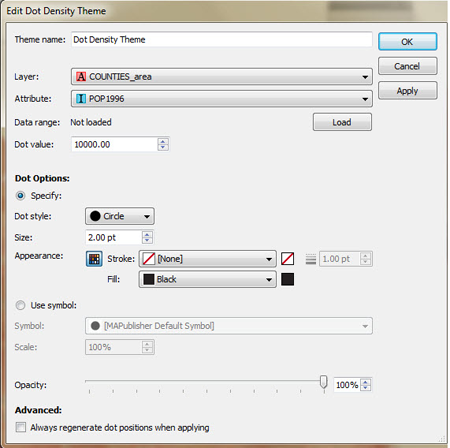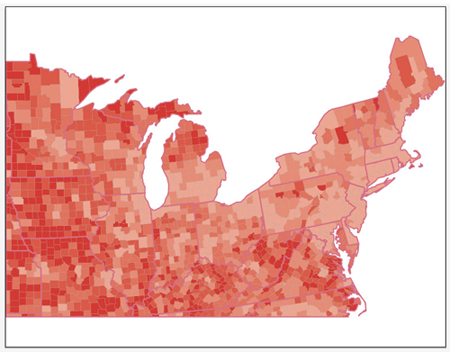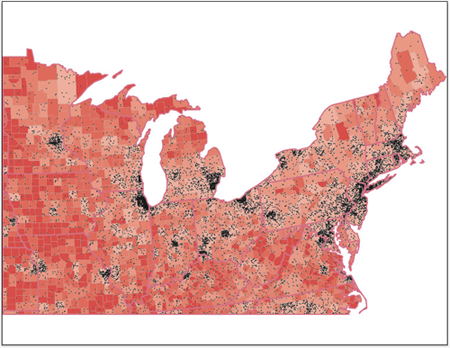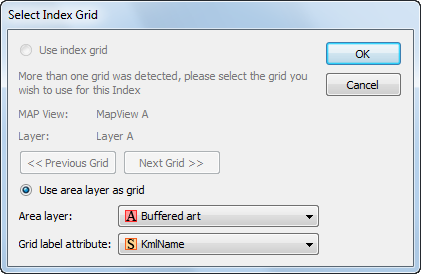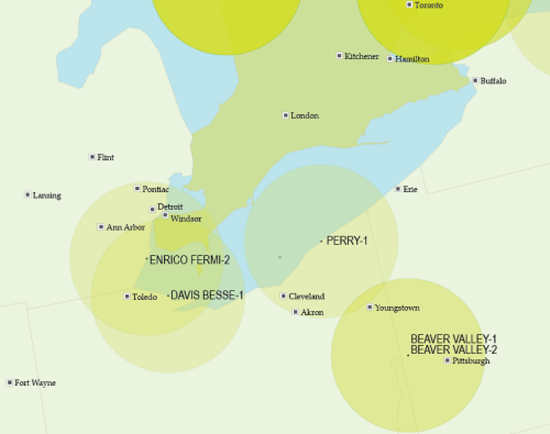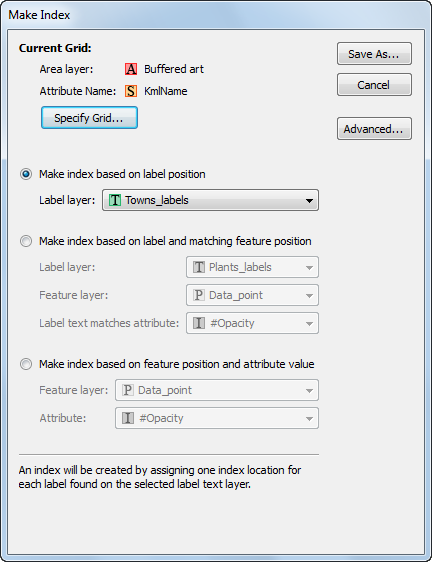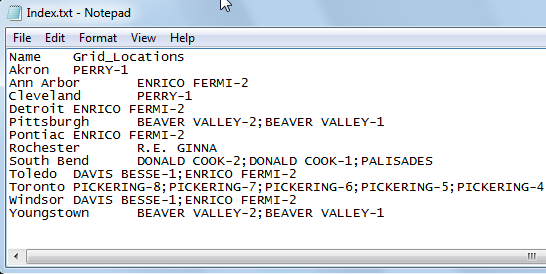– Newest release fully compatible with Adobe CS5.5 –
Toronto, ON, May 16, 2011 – Avenza Systems Inc., producers of MAPublisher® cartographic software for Adobe Illustrator® and PDF Maps for Apple iOS, is pleased to announce the release of Geographic Imager 3.3 for Adobe Photoshop. This release is fully compatible with Adobe Photoshop CS 5.1, which is also known as Adobe Photoshop 12.1 in Adobe CS5.5, as well as Adobe Photoshop 12.0.4 in Adobe CS5.
“We’re delighted to release Geographic Imager 3.3 to follow the latest update of the Adobe Creative Suite,” said Ted Florence, President of Avenza. “Our users will be happy to know that this release of Geographic Imager will be fully supported and compatible with Adobe Photoshop CS5.1 on both Windows and Mac. We’ve also included some priority fixes from user requests,” he added.
A greater number of new features are planned for the next release of Geographic Imager.
Additional Geographic Imager 3.3 features
- Support for Adobe Photoshop CS5.1 (also known as Photoshop 12.1 in Adobe CS5.5) on Windows and Mac
- Support for Adobe Photoshop 12.0.4 in Adobe CS5
- New Pixel-as-Point preference option
- New Create Single Layer option for Terrain Shader
More about Geographic Imager for Adobe Photoshop
Geographic Imager is powerful software for working with spatial imagery in Adobe Photoshop that leverages the superior image editing capabilities of this raster-based image-editing software and transforms it into a powerful spatial imagery editing tool. Work with satellite imagery, aerial photography, orthophotos, and DEMs in GeoTIFF and other major GIS image formats using Adobe Photoshop features such as transparencies, filters, and image adjustments while maintaining georeferencing and support for hundreds of coordinate systems and projections.
Geographic Imager 3.3 is available immediately free of charge to all Geographic Imager Maintenance Program members and at prices starting at US$319 for non-maintenance members.
More about Avenza Systems Inc.
Avenza Systems Inc. is an award-winning, privately held corporation that provides cartographers and GIS professionals with powerful software tools for making better maps. In addition to software offerings for Mac and Windows users, Avenza offers value-added data sets, product training and consulting services. Visit www.avenza.com for more details.
For further information contact:
Tel: 416-487-5116 ● Email: info@avenza.com ● Web: www.avenza.com




